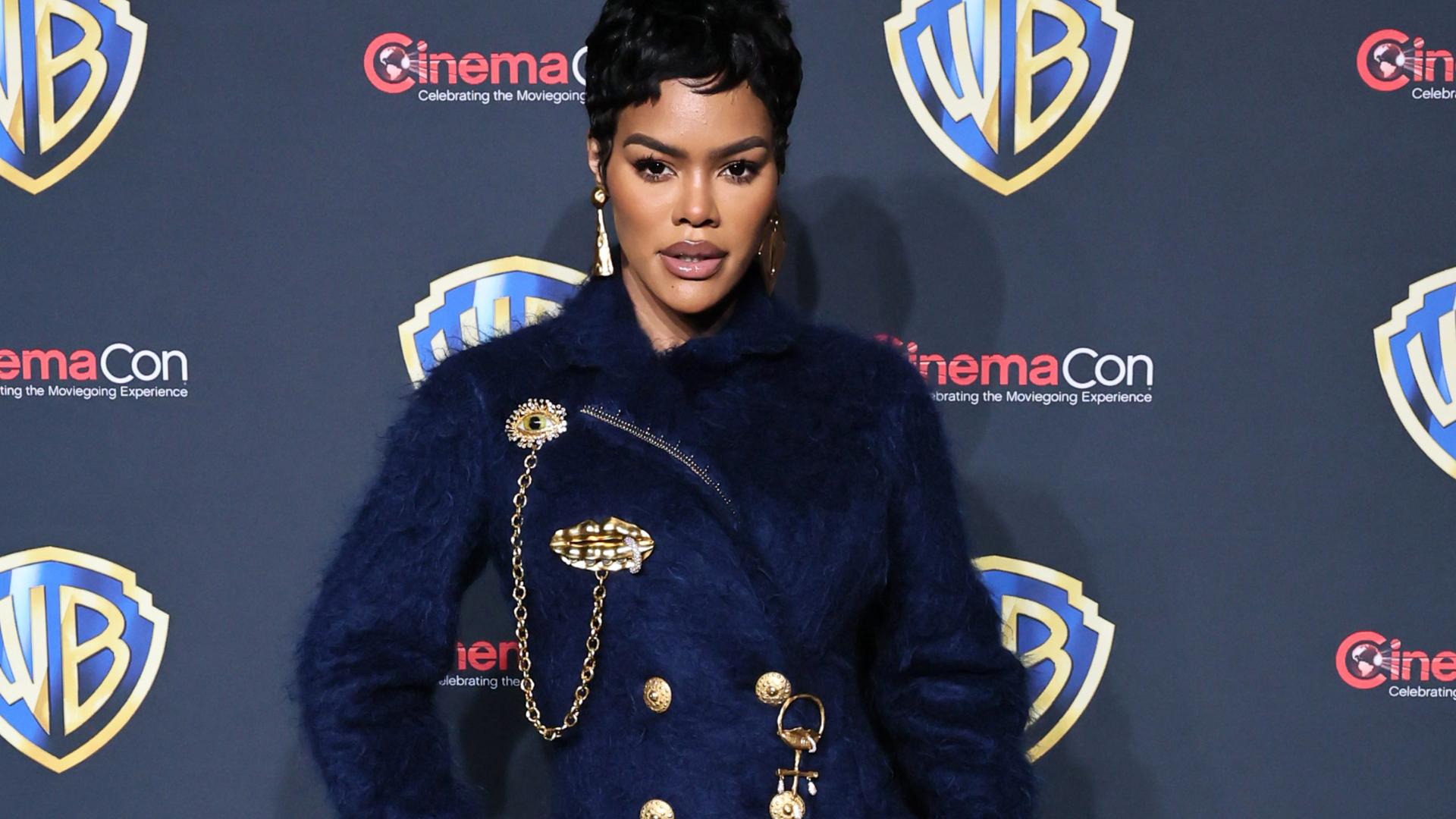
Workplace diversity initiatives have come a long way in the decades since their inception alongside the 1960s civil rights movement. According to BLS data, the African American labor force grew by 24.2% between 1976 and 2015. While there is still much progress to be made toward achieving an equitable employment-to-population ratio, today’s workforce is more racially diverse than ever.
Still, employing workers from a wider range of backgrounds is one thing¸—ensuring fair and equitable access to growth opportunities is another. Despite unprecedented pledges toward the advancement of diversity, equity, inclusion, and belonging (DEIB) in recent years, most Black employees do not feel the impact in their day-to-day experiences.
According to a Bain report, less than 25% of Black employees say they feel included at the office, and the data substantiates that claim. More than any racial group, Black workers remain pigeonholed at the lower-earning frontlines of their organizations—36% of Black employees occupy entry-level jobs. Due often to lack of advocacy, Black workers are much less likely to be promoted to middle-management and senior-level roles.
The disconnect between DEIB commitments made at the executive level and the experiences of many Black employees on the frontlines often comes down to a lack of buy-in from managers, experts say. “Managers play a critical role in who is hired, promoted, stays, and leaves a company,” Sandra Quince, CEO of Paradigm for Parity, said in a previous interview with ESSENCE. “Organizations must invest in their managers by upskilling them to be inclusive leaders who build trust with their team, are transparent, invest in their employees, and create opportunities for authentic conversations,” she said.
I asked five DEIB experts for their personally vetted book recommendations for frontline leaders who want to more effectively foster equity, inclusion, and belonging on their teams this year. Here are their suggestions:
DEI Deconstructed: Your No-Nonsense Guide to Doing the Work and Doing It Right – Lily Zheng
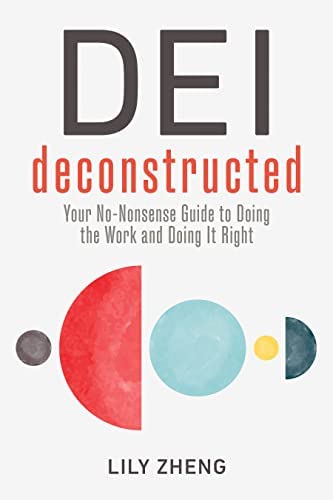
“DEI Deconstructed” analyzes how current methods and best practices leave marginalized people feeling frustrated and unconvinced of their leaders’ sincerity. The book offers a roadmap that bridges the neatness of theory with the messiness of practice.
“This book provides practical advice on the execution of DEIB principles that actually lead to change.” –Abenaa Hayes, DEI strategist and CEO of Elysee Consulting
Say More About That: …And Other Ways to Speak Up, Push Back, and Advocate for Yourself and Others – Amber Cabral
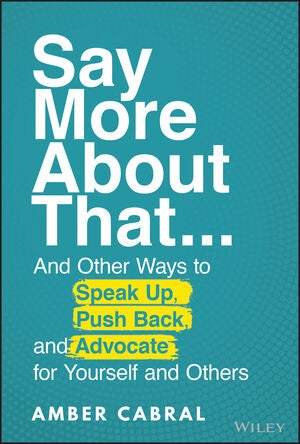
“Say More About That” is a practical guide on how to assertively address inequitable treatment you see at home, work, school, and other settings. The book includes a toolkit to help readers advocate for their own equity and the equity of others.
“In this book, Amber Cabral gives the tools to speak up for yourself when you’re the victim of microaggressions, gaslighting or discrimination. The book also shows you how to confront problematic behavior in the workplace and communicate both courageously and inclusively.” –Amanda Miller Littlejohn, marketing strategist, and executive coach
All Are Welcome: How to Build a Real Workplace Culture of Inclusion That Delivers Results – Cynthia Owyoung and Raechel Wong

“All Are Welcome” explains what DEIB is and why it matters. The book helps leaders to weave DEIB into all management methods by allowing them to recognize and break old habits that keep DEIB efforts from moving forward.
“All Are Welcome” serves as a playbook for leaders. It offers instruction on how to audit DEIB efforts, prioritize initiatives, what to measure, and how to put all the pieces into action.” –Bernard C. Coleman III, chief diversity and engagement officer at Gusto
The Wake Up: Closing the Gap Between Good Intentions and Real Change – Michelle MiJung Kim
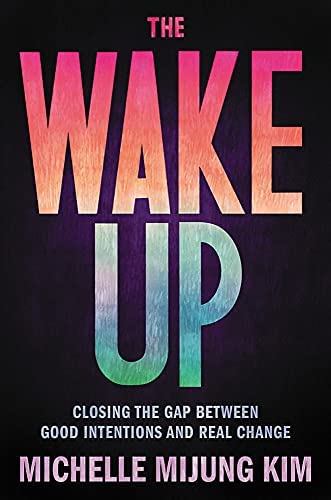
In “The Wake Up,” Michelle MiJung Kim shares foundational principles often missing from conversations around diversity and inclusion, inviting readers to dive deep into the challenging and nuanced work of pursuing equity and justice while exploring various complexities, contradictions, and conflicts inherent in our imperfect world.
“I highly recommend this book. It shares context around key issues and tenets of DEIB such as structural racism and bias. It also provides insights on getting to equity and justice.” –Abenaa Hayes, DEI strategist and CEO of Elysee Consulting
Allies and Advocates: Creating an Inclusive and Equitable Culture – Amber Cabral
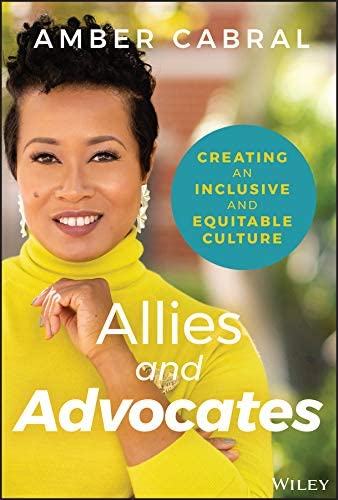
“Allies and Advocates” shares a powerful and useful message about inclusion, diversity, and everyday allyship. The book also includes guidance for middle and upper-level managers on building a culture of inclusivity at work and in personal relationships.
“Allies & Advocates” offers practical ways to show up authentically inclusive. It sets a solid foundation for Cabral’s second book, “Say More About That.” –Crystle Johnson, founder at The DEI Coach
Diversity in the Workplace: Eye-Opening Interviews to Jumpstart Conversations about Identity, Privilege, and Bias Paperback – Bärí A. Williams
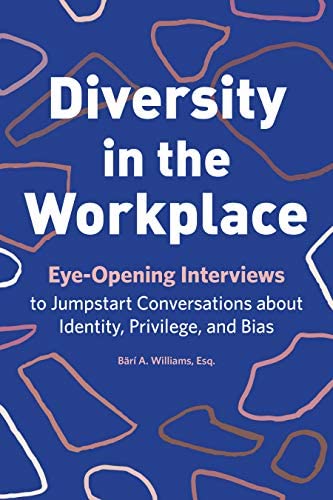
In “Diversity in the Workplace,” Bärí A. Williams, former lead counsel at Facebook, shares stories from diverse trailblazers in the fight for equality. The book explores real issues the modern day workforce presents for members of marginalized communities and it offers insights for managers looking to equalize an imbalance.
“There are 25 stories from historically excluded folks in this book. Their stories and experiences provide perspective and intersectional insights into what they face in the workplace. As an inclusive leader, understanding others’ experience relative to your own is helpful in becoming a more inclusive manager.” –Bernard C. Coleman III, chief diversity and engagement officer at Gusto
Building For Everyone: Expand Your Market With Design Practices From Google’s Product Inclusion Team – Annie Jean-Baptiste
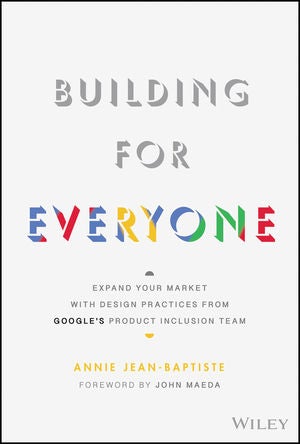
Establishing diverse and inclusive organizations is an economic imperative to capture market share. In “Building For Everyone,” Annie Jean-Baptiste reveals the inclusive design process used by Google’s Product Inclusion Team to create profitable, user-centric inclusive products for people of color, women, and other underrepresented groups.
“Building For Everyone” provides frameworks for design thinking and embedding DEIB across cultures, companies, and brands.” –Abenaa Hayes, DEI strategist and CEO of Elysee Consulting
How to Be an Inclusive Leader: Your Role in Creating Cultures of Belonging Where Everyone Can Thrive – Jennifer Brown
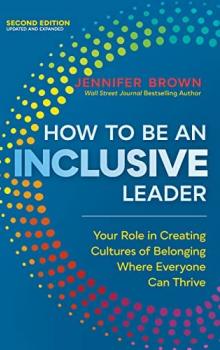
“How to Be an Inclusive Leader” guides readers through the “Inclusive Leader Continuum,” a set of four developmental stages: unaware, aware, active, and advocate. In the book, Brown describes the hallmarks of each step, the behaviors and mindsets that inform it, and what readers can do to keep progressing.
“This book helps leaders understand that the work of DEIB is a continuous journey. What I think is important is that the stories included center on underrepresented storytellers.” –Bernard C. Coleman III, chief diversity and engagement officer at Gusto
Brave, Not Perfect: How Celebrating Imperfection Helps You Live Your Best, Most Joyful Life – Reshma Saujani
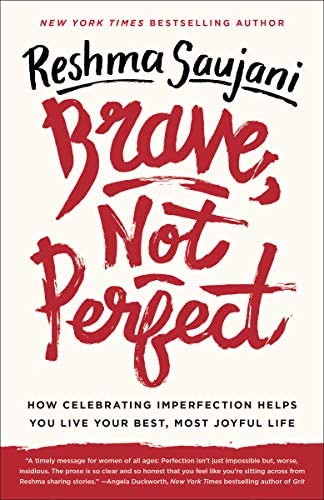
“Brave, Not Perfect” shares powerful insights and practices to help women let go of their socialized need for perfection to make bravery a lifelong habit. Saujani says that we can all become the authors of our best and most joyful life by being brave, not perfect.
This book provides practical and relatable insight into what it is like to be an ambitious leader and the obstacles that people of color face when trying to make an impact.” – Nadia Padayachi, DEI and mindfulness strategist and director of Grounded Mindfulness in Cape Town South Africa
The Inclusion Dividend: Why Investing in Diversity & Inclusion Pays Off – Mark Kaplan, Mason Donovan, and Ana Duarte McCarthy
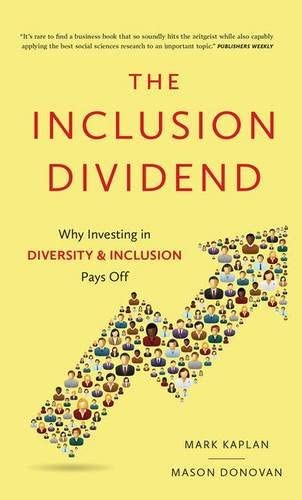
“The Inclusion Dividend” provides a framework to track the bottom line impact of fostering an inclusive culture. Most leaders intend to be inclusive, but translating that into a truly inclusive outcome with employees, customers, and other stakeholders requires a focused change effort.
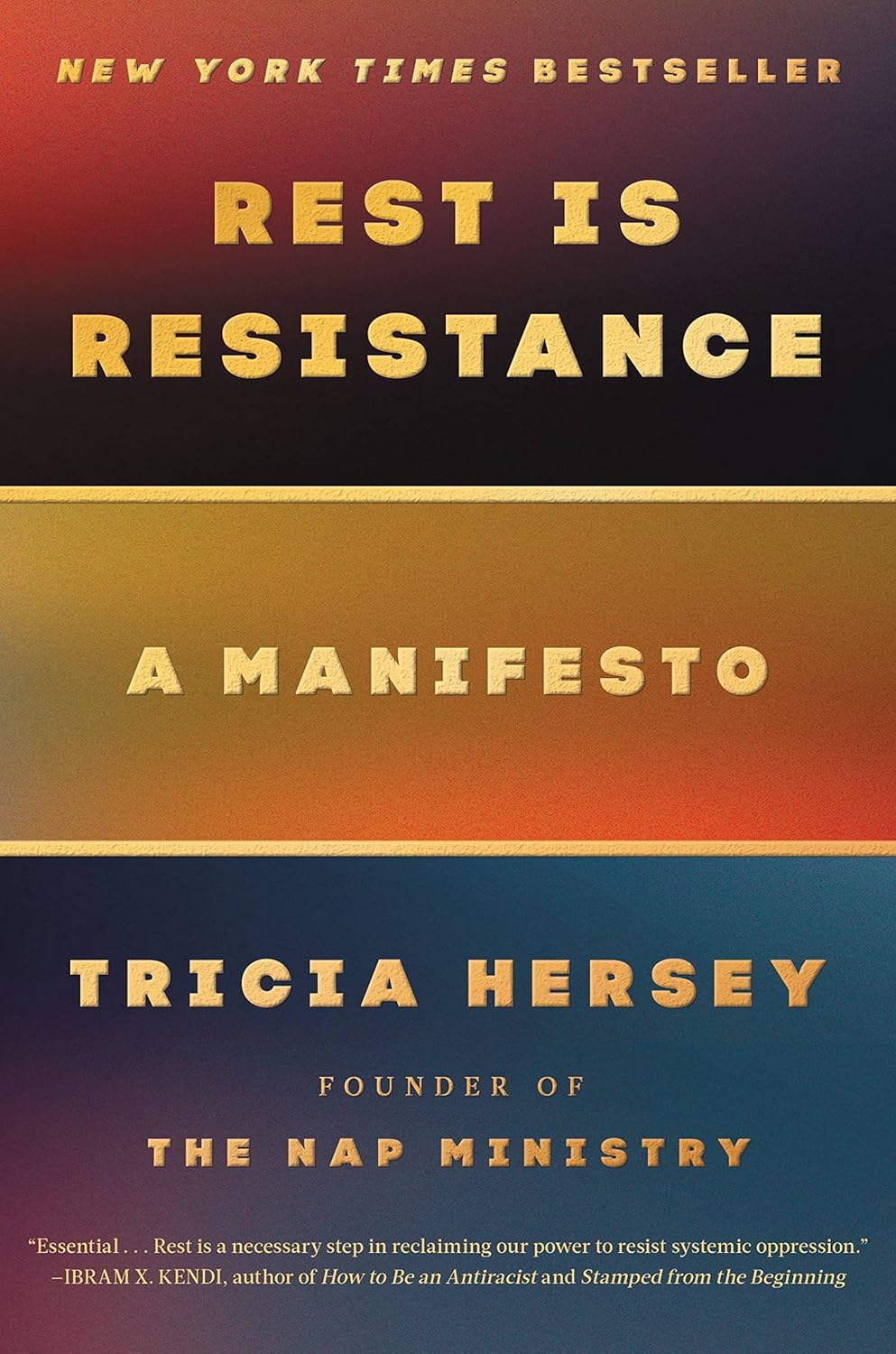






“This book helps describe the yield that inclusion offers. I read it earlier in my DEIB career, but it helps lay it out for those who may be new to the field.” –Bernard C. Coleman III, Chief Diversity and Engagement Officer at Gusto
Comments are edited for conciseness and clarity.



